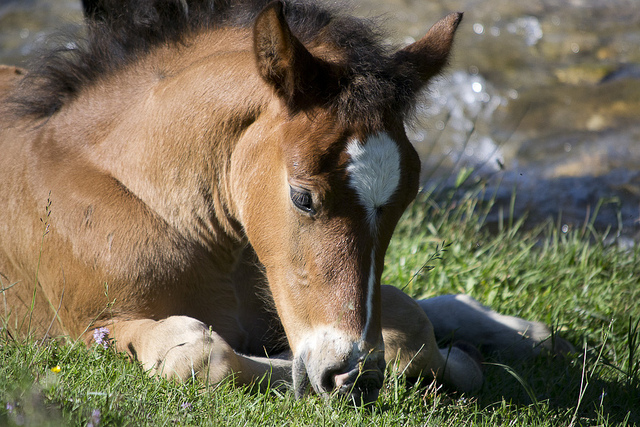A review by Maddox et al came out earlier this year on antimicrobial resistance in horses. Livestock are a common source of antimicrobial resistance genes since so many antimicrobials are used on a regular basis to raise these animals. Too slowly, laws are coming into place restricting antimicrobial use in livestock so that only when animals are sick they may be treated. Here is the abstract of the review:
Antimicrobial resistance poses a signiï¬cant threat to the continued successful use of antimicrobial agents for the treatment of bacterial infections. While the epidemiology of antimicrobial resistance in bacteria from man has been studied extensively, less work has been undertaken in companion animals, particularly horses. Methicillin-resistant Staphylococcus aureus has been identiï¬ed as a cause of infections, with a low prevalence of nasal carriage by horses in the community but higher for hospitalised horses. Molecular characterisation has shown methicillin-resistant Staphylococcus aureus strains either to be predominantly of types associated with horses or of sequence type ST398. Antimicrobial-resistant Escherichia coli (including multidrug-resistant and extended spectrum b-lactamase-producing isolates) have caused infections and been documented in faecal carriage by horses, with many signiï¬cant resistance mechanisms identiï¬ed. More sporadic reports and molecular characterisation exist for resistance in other bacteria such as enterococci, Salmonella, Acinetobacter and Pseudomonas species. Limited work has been undertaken evaluating risk factors and much of the epidemiology of antimicrobial resistance in bacteria from horses remains to be determined.
